Saturn is probably best known for its system of rings, making it the most remarkable object in our solar system. Rings range from 6.630 km to 120.700 km above the equator, and have about 20 feet thickness. 93% is composed of ice, with traces of impurities of tholin and 7% amorphous carbon. The particles that make up the rings, are ranging in size up to 10 m.
Above are images processed in Registax 5 with Saturn. Below is information about each Registax processed image for each of them.
Figure 1: 201 frames at 95% Lowest quality
Figure 2: 77 frames at 95% Lowest quality
Figure 3: 2 frames at 100% Lowest quality
Figure 4: 81 frames at 95% Lowest quality
Figure 5: 67 frames at 95% Lowest quality
Figure 6: 107 frames at 95% Lowest quality
Figure 7: 41 frames at 95% Lowest quality
Figure 8: 41 frames at 95% Lowest quality
Figure 9: 38 frames at 95% Lowest quality
Figure 10: 38 frames at 95% Lowest quality
Figure 11: 120 frames at 95% Lowest quality
Figure 12: 111 frames at 95% Lowest quality
Figure 13: 111 frames at 95% Lowest quality
Figure 14: 70 frames at 95% Lowest quality
Figure 15: 542 frames at 95% Lowest quality
Figure 16: 190 frames at 95% Lowest quality
Photographer: Victor Lupu
Optics: Celestron C8 inch-Newtonian telescope, plossl 20mm, 2x Barlow
Mount: CG5 (EQ5)
Device: Sony CX105 to 8x optical zoom
Total Magnification: 800x
Filter: no
Date: 29.03.2011
Location: Baia Mare, Romania
Processing: Registax, FastStone Image Viewer
Optics: Celestron C8 inch-Newtonian telescope, plossl 20mm, 2x Barlow
Mount: CG5 (EQ5)
Device: Sony CX105 to 8x optical zoom
Total Magnification: 800x
Filter: no
Date: 29.03.2011
Location: Baia Mare, Romania
Processing: Registax, FastStone Image Viewer
For the video captures, see: Ringed planet Saturn photographed by astronomical telescope
For the video, see: Video astro Saturn planet in my Newtonian telescope




 Friday, February 24, 2012
Friday, February 24, 2012
 Unknown
Unknown


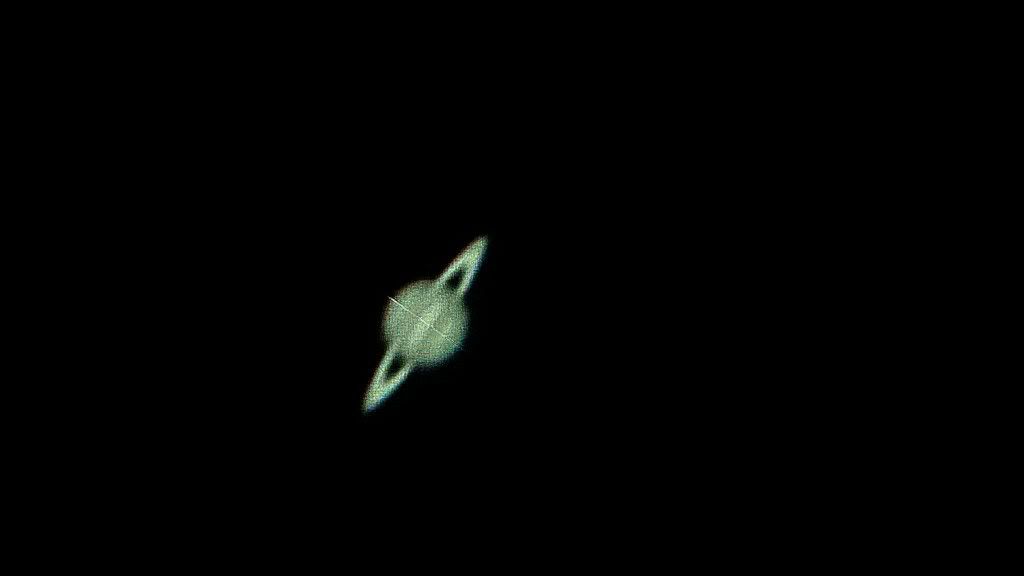
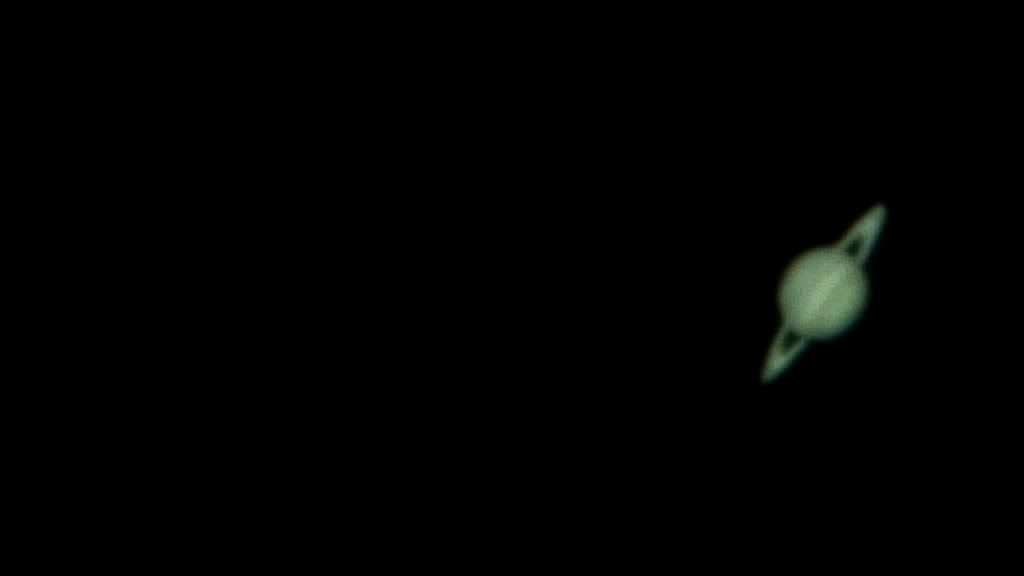
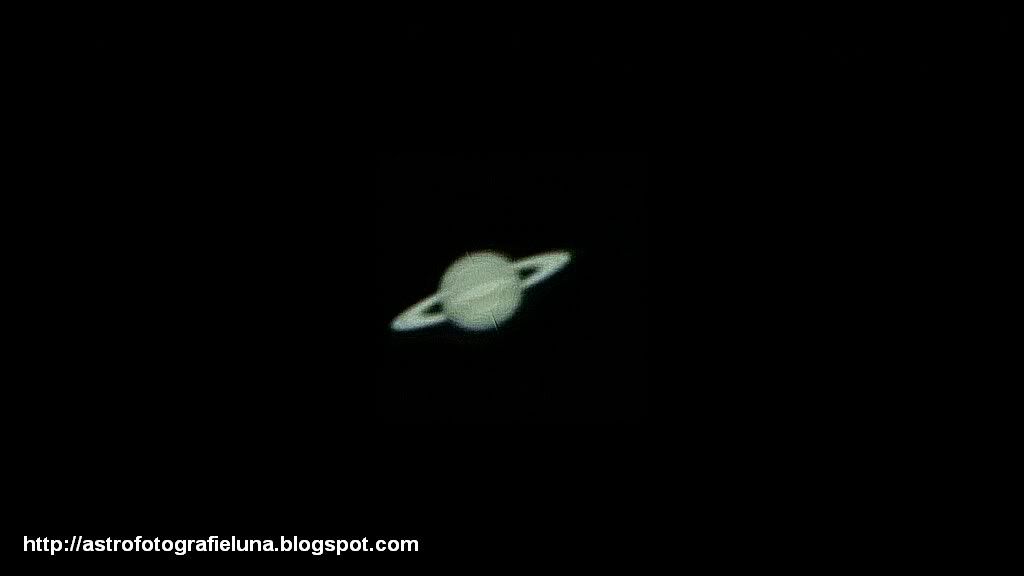
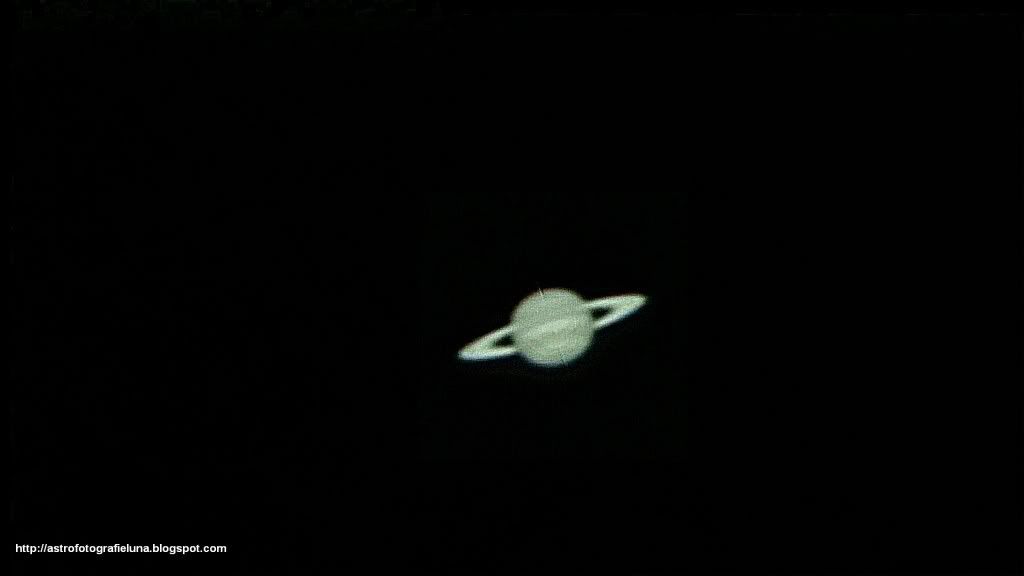
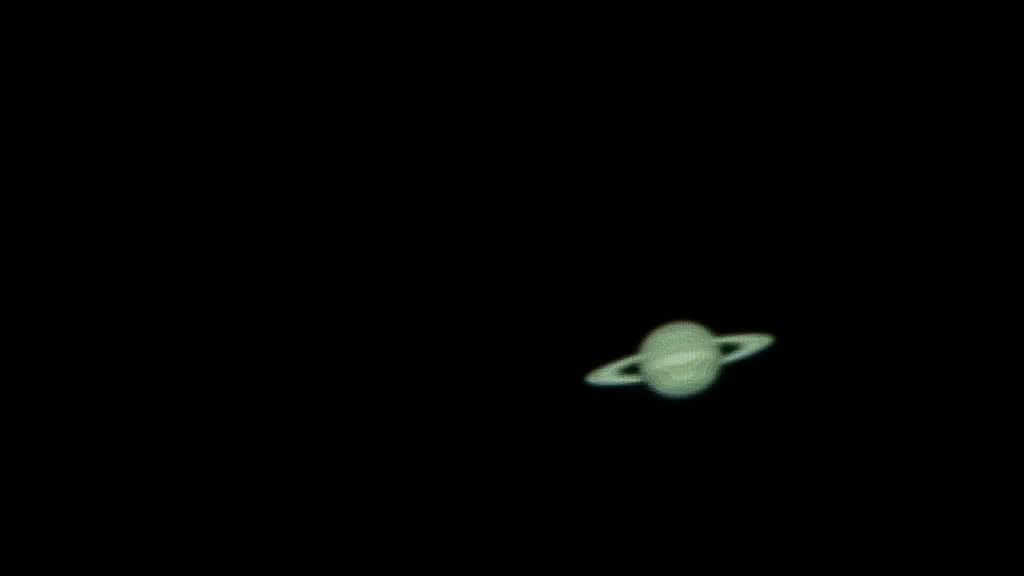
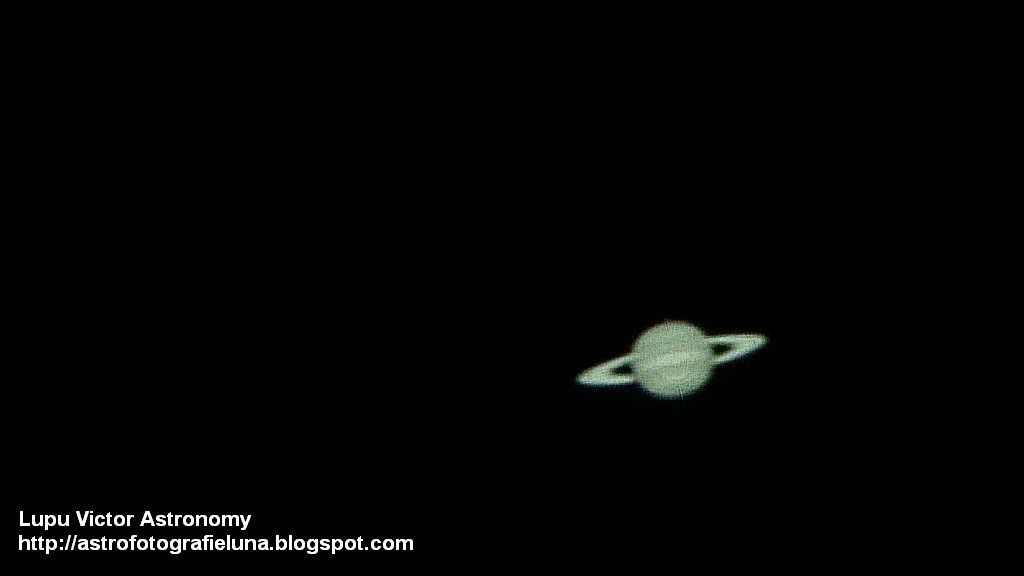
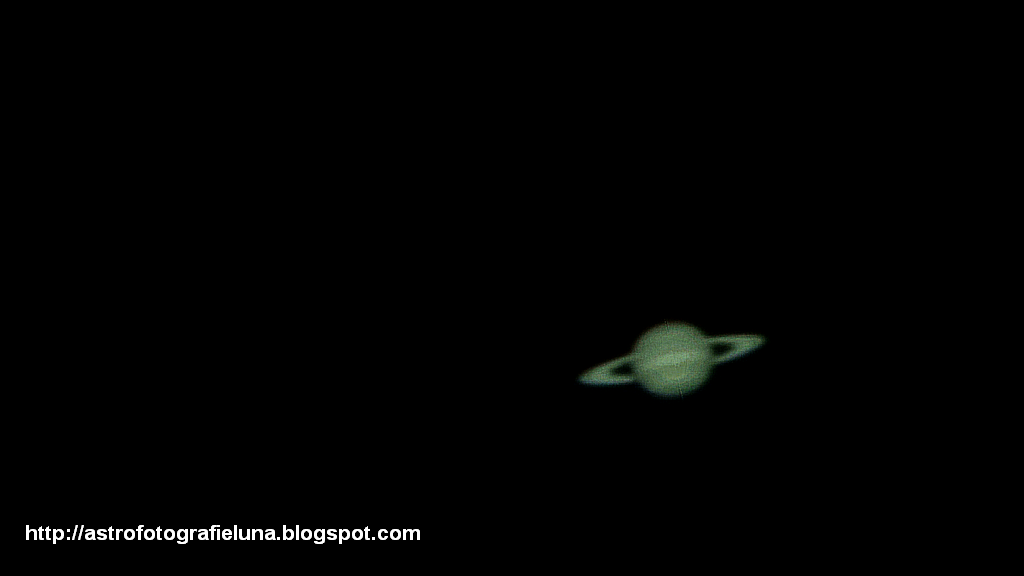
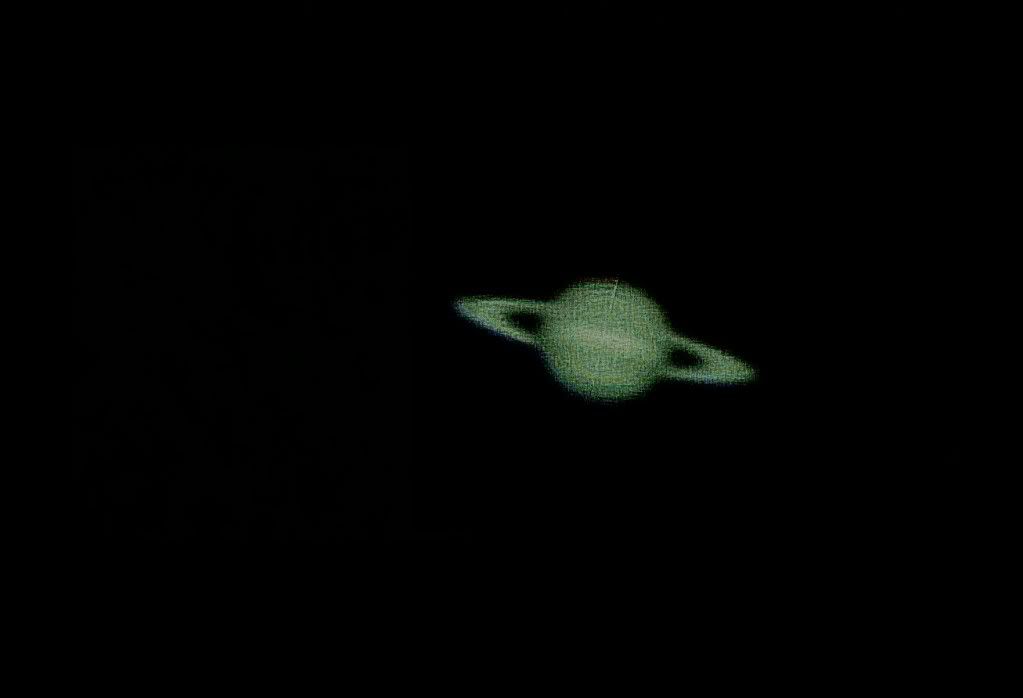

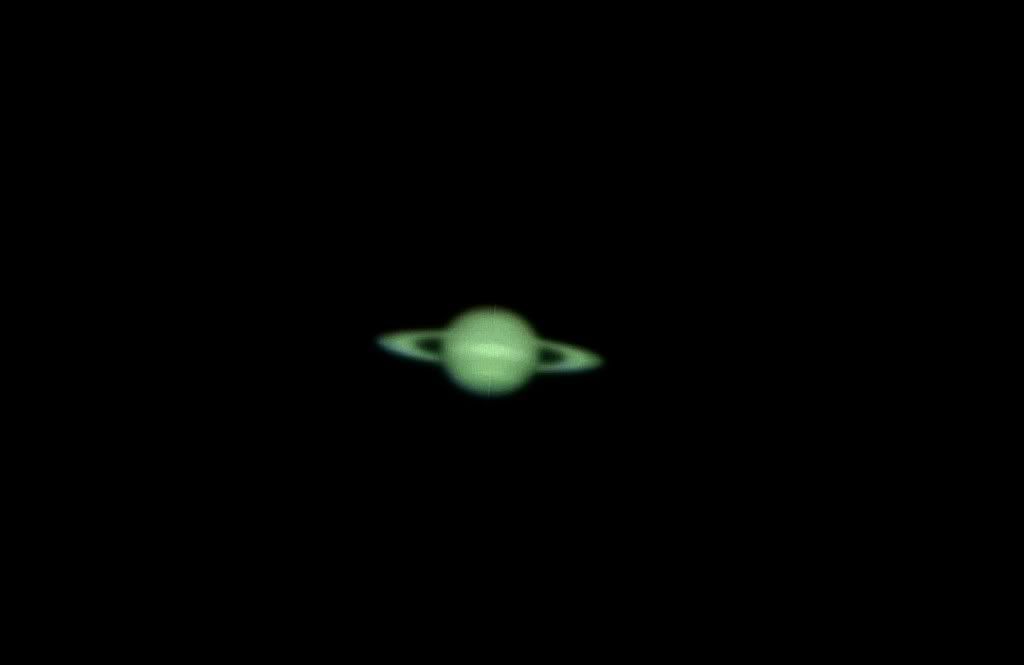
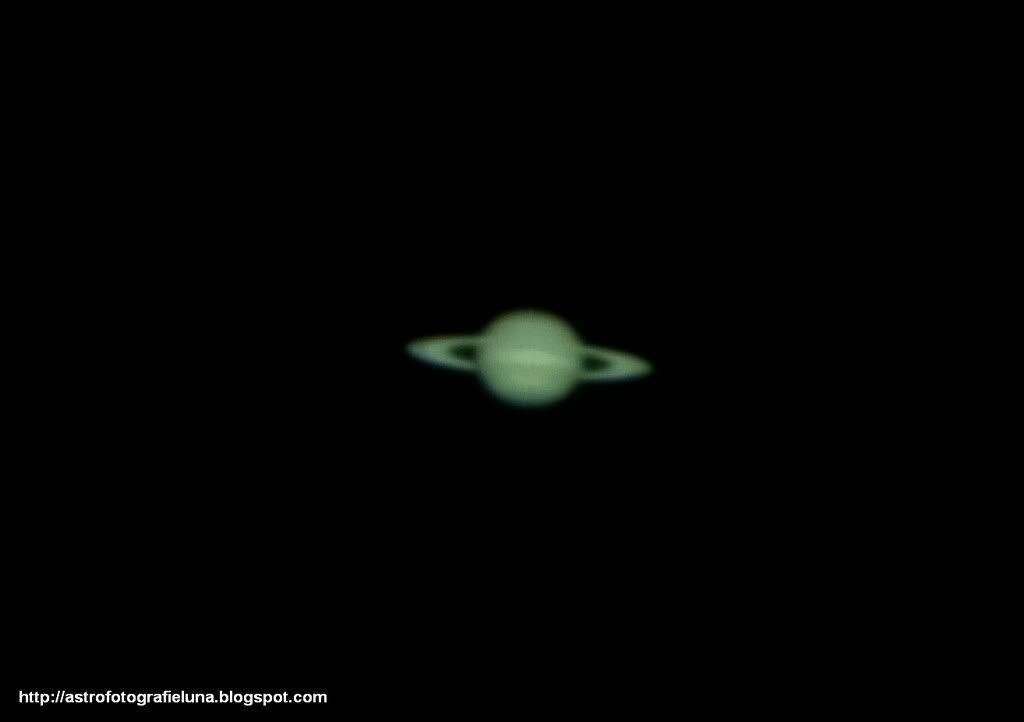
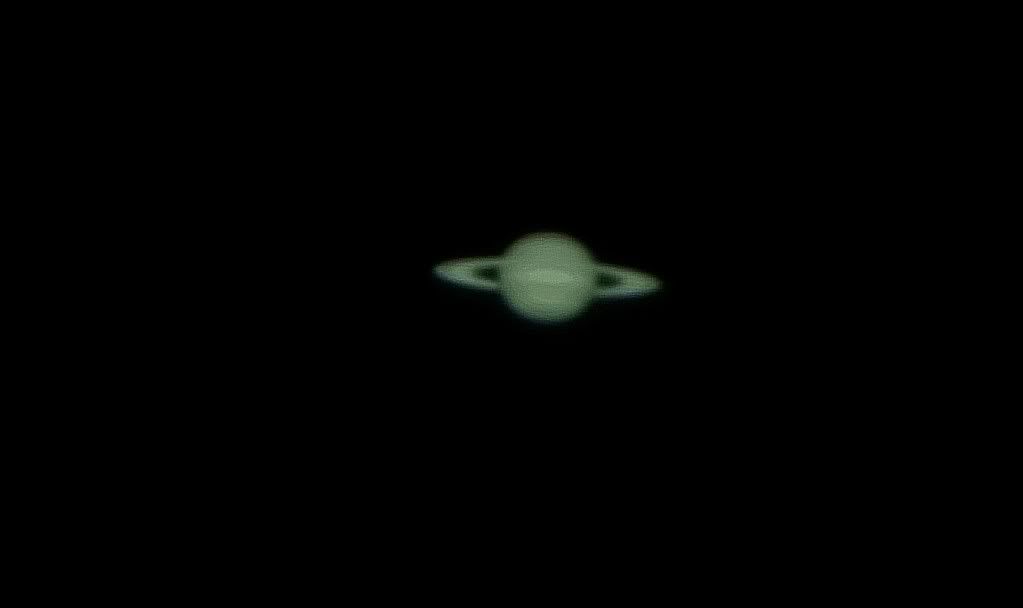
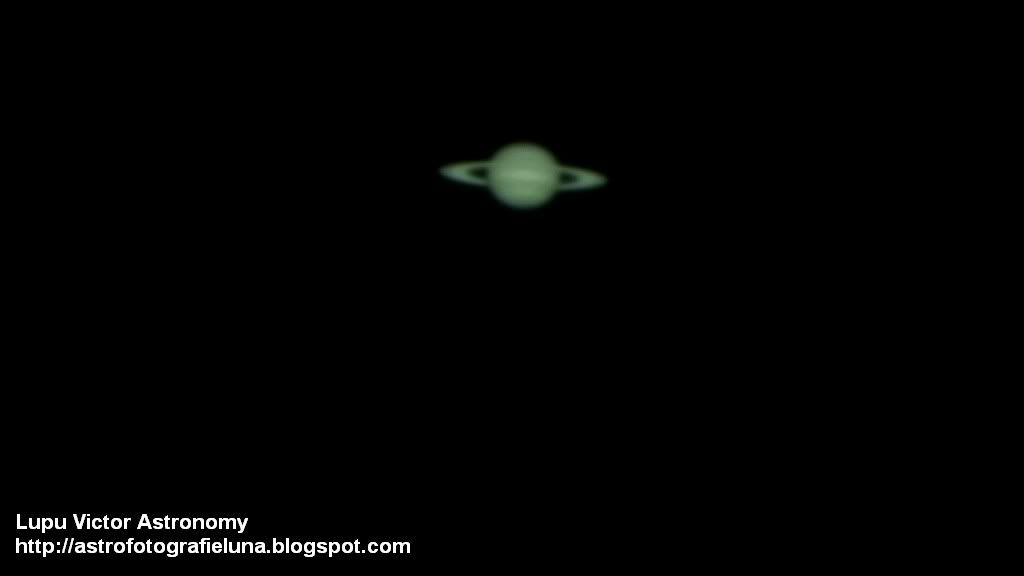



 Posted in:
Posted in: 


0 comments:
Post a Comment